I’ve always thought of myself as an outsider – I think a lot of photographers do. It makes it easier for us to introspect; to look at the world from a perspective a little more distinct and distant from “participant.” Photography “insiders” photograph their families, their community, their local neighbourhood – often with lovely and very personal results.
Searching for photography projects as an outsider is both difficult and easy – difficult because you don’t really know where to look, and easy because once found you can analyse and document it as a clinical and detached artist. Unbiased, without any agenda other than the facts, the atmosphere, the characters, and the story.
The project “Punks on Polaroid” is a recent photography project I shot around Shoreditch, London, back in February (2018). This was the first focused project I shot using my new-to-me SX-70 Polaroid Land Camera. The project started after I shot some editorial images at London Edge, an alternative fashion expo and showcase. I took my SX-70 along just for a few fun images, but after they turned out better than I expected I decided to continue shooting on that theme – alternative characters – with the Polaroid.![]()
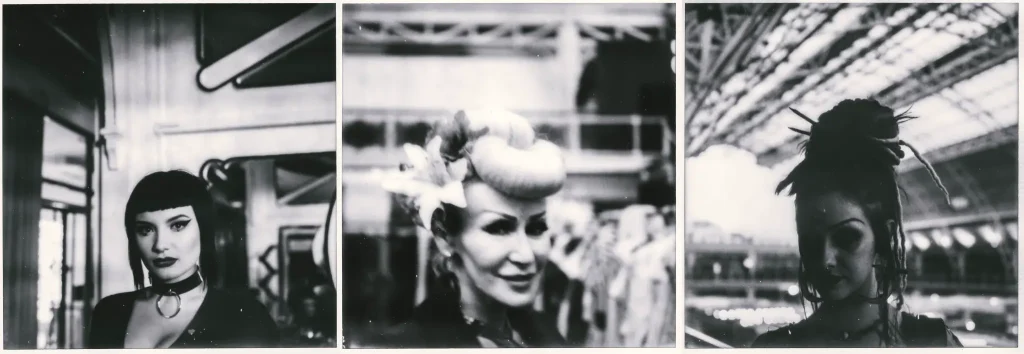
I already had a few connections in the punk scene in London, and I didn’t have to wait long before the next large gathering. I went down to Shoreditch with my M10 and my Polaroid SX-70, intending to spend most of my time using the Polaroid. I shot portraits on Impossible project B&W film, and went through three packs before I was comfortable with the selection on show here.
I never expected to be using my SX-70 for a documentary portrait style project, initially I saw it as a personal camera, something quirky for documenting my own life, and for providing a very different format to my usual 35mm format photography.
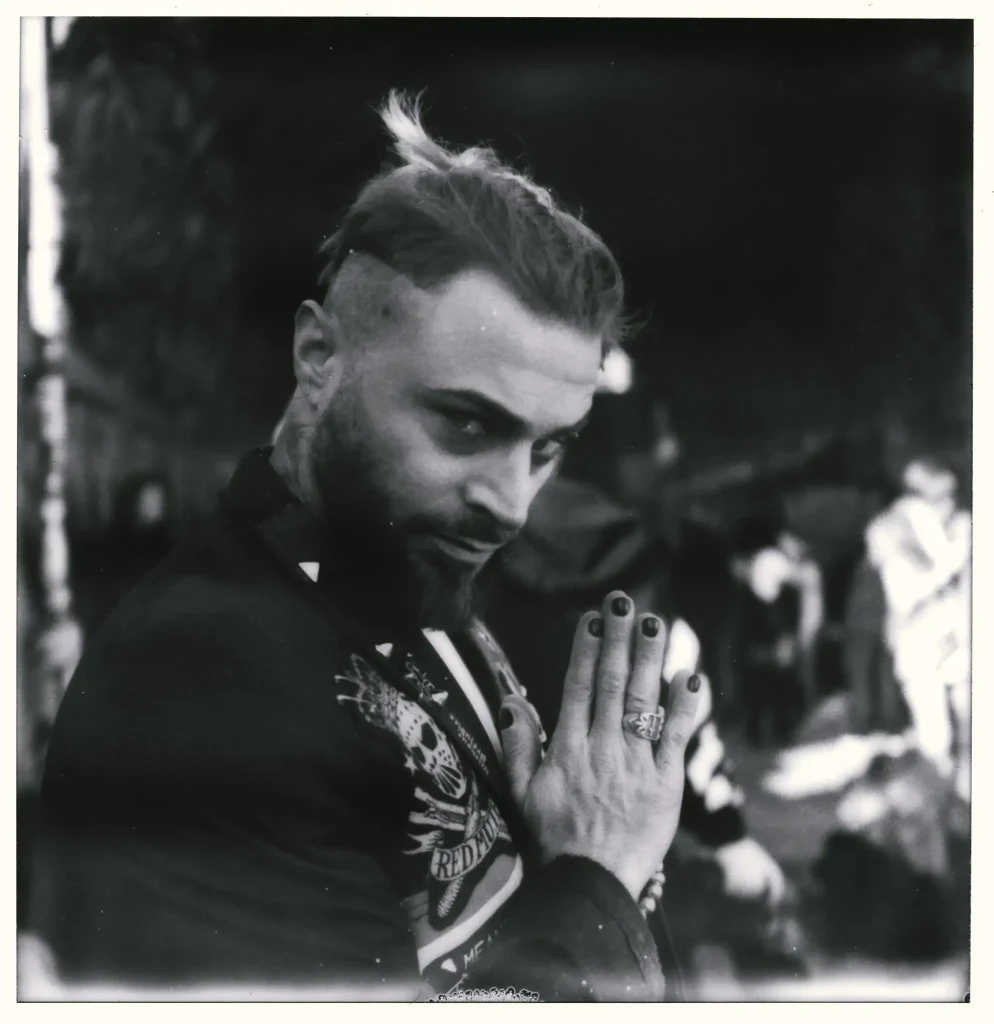
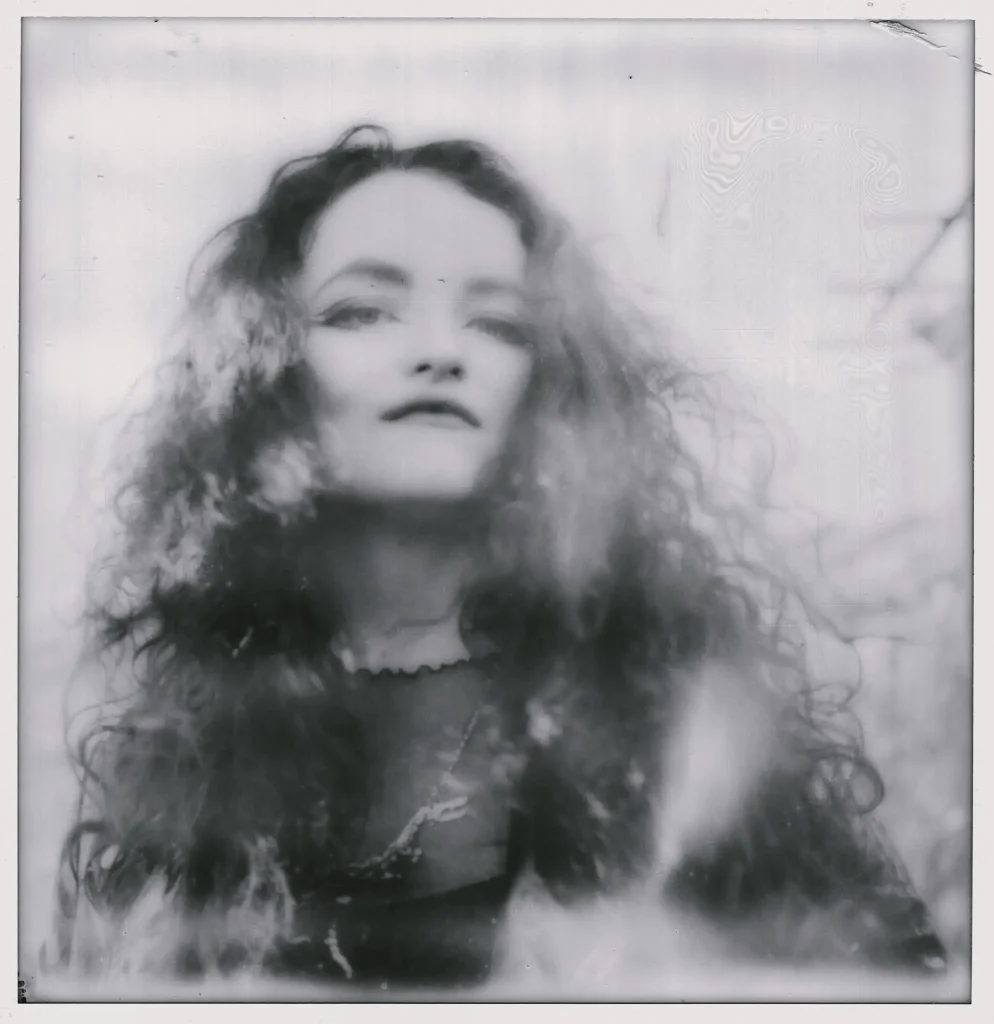
However I found that using such a unique camera was actually very conducive to the actual process of finding, approaching, and recording my subjects. People were very drawn to the clunky, shiny camera, and some even asked for a portrait after seeing me photograph someone else. Their eyes always lit up when the film was ejected, and a few asked to sit and wait while it developed, and we chatted until it was ready for them to get a photo of it on their phone – I also made sure to give them my card so they could contact me for a proper resolution scan if they wanted.
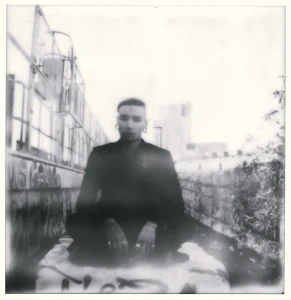
The first cartridge of film I loaded was somehow faulty; I would press the shutter and nothing would happen. Then when it eventually ejected a piece of film it was covered in ink, which stained my hands. Very odd, and an unsettling feeling that it would repeat with the next box of film (luckily it did not). Shame about the waste of money as well, as these films are quite expensive (if anyone from Impossible is reading this and wants to hit me up with a free pack of film, please get in touch!)
The sunlight was very strong, and although I tried to move my subjects into the shade there were still a few shots which came out overexposed. The film is rated at ISO 160, and with an f/8 lens you would expect any strong sunlight to be useful. However I found that on a few of my shots there was noticeable light leak, which made some of the images difficult to see!
This project helped me to improve my framing with the square format SLR. If you look at the earlier shots from London Edge you’ll see that the subject is quite low in the frame. This is because the top of the frame of my glasses obscures the top of the viewfinder, and I can’t physically see that there is any more space available to frame with – I realised this after London Edge and spent a while figuring out the bets way to hold the camera.
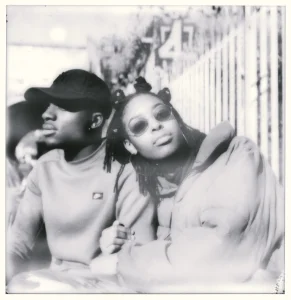
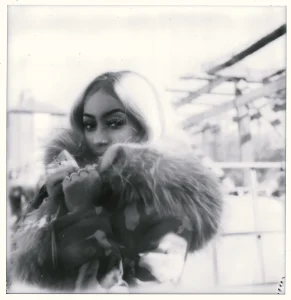
The SX-70 fits really well into my documentary portraiture style, and I think the fascinating characters shown here are a good reflection of the approach it encourages. I also think that the Polaroid format itself is a really interesting way to tell a story. There is a timeless, almost vintage feel to the final image, which removes them from the context of when they were taken. Although I have produced a snapshot of punk culture in London, 2018, there aren’t really any cues in the format of the images themselves that help the viewer to understand this.
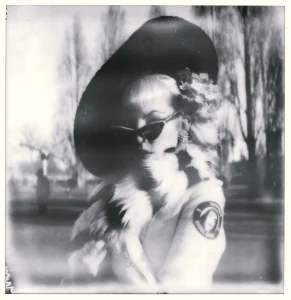
I really look forward to seeing how this manipulation of aesthetic can be used in my photojournalism in the future, to really separate my images from the more clearly time locked digital, or even 35mm film photographs.
Thanks for taking the time to read about my project! If you like my work and would like to see more then you can follow a feed of my best work on instagram, or read my personal blog for specific stories and anecdotes about my everyday photography.
Share this post:
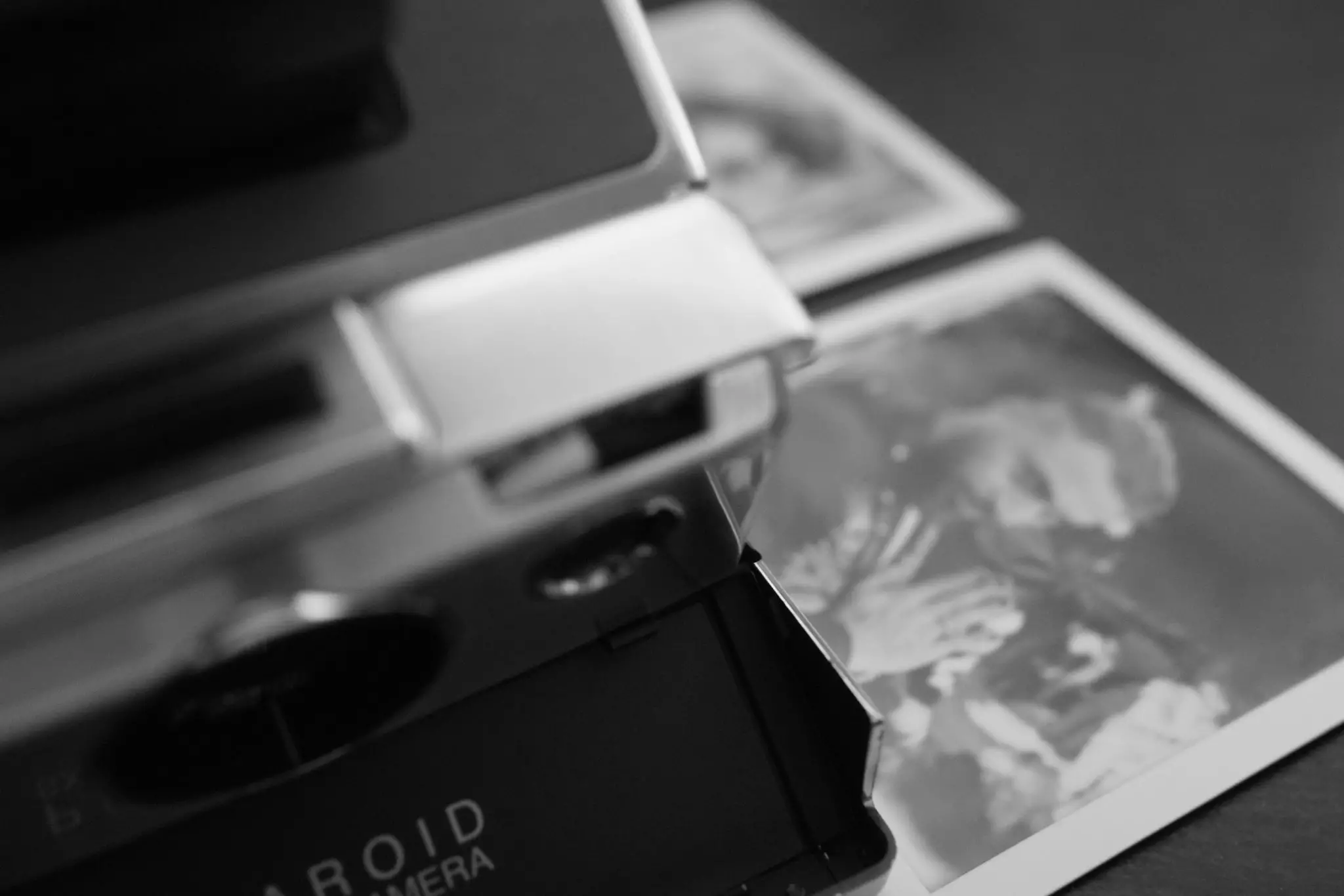








Comments
J Clark on Photographing Punks on Polaroid – by Simon King
Comment posted: 02/04/2018
Comment posted: 02/04/2018
Daniel Fjäll on Photographing Punks on Polaroid – by Simon King
Comment posted: 02/04/2018
Comment posted: 02/04/2018
Chris Pattison on Photographing Punks on Polaroid – by Simon King
Comment posted: 02/04/2018
Comment posted: 02/04/2018
Polaroid Giiiirl on Photographing Punks on Polaroid – by Simon King
Comment posted: 03/04/2018
There's always something magical and nostalgic about a Polaroid picture. I love the vintage look of these.
Cheers!
Comment posted: 03/04/2018
cory on Photographing Punks on Polaroid – by Simon King
Comment posted: 03/04/2018
Comment posted: 03/04/2018